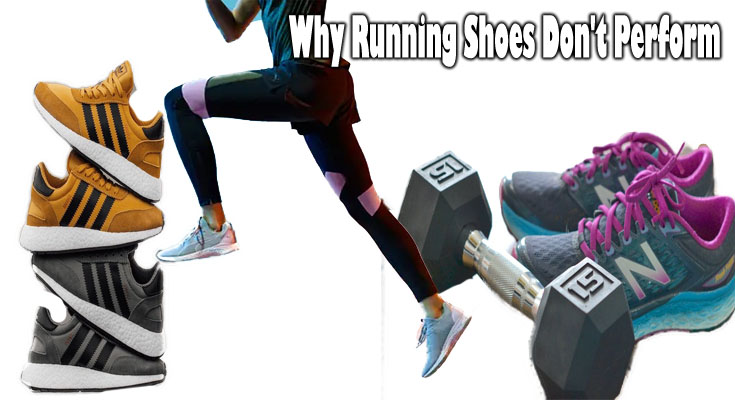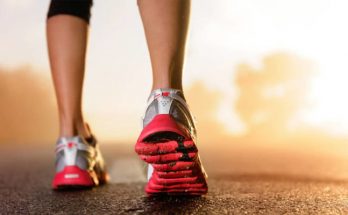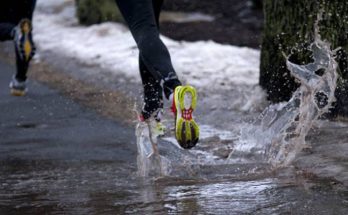The running shoe model desires to be fixed. Pronation, motion control, cushioning, and stability footwear? Do away with them all.
It’s not only barefoot running and minimalism versus running shoes, the either/or circumstance quite a few portray it to become. It is a lot deeper than that. It is not even that operating shoe companies are evil and out to create a profit. Shoe companies might be accomplishing the targets they set out for, but perhaps the objectives their aiming for are usually not what has to be performed. The paradigm that running shoes are constructed upon is the trouble.
Pronation:
As stated earlier, footwear is built upon the premise that effect forces and pronation are what result in injuries. Pronation, in certain has been constructed because of the bane of all runners. We have turn out to be inundated with limiting pronation through motion handle shoes. The central notion behind pronation is that overpronating causes rotation with the reduced leg(i.e. ankle, tibia, knee) placing tension on the joints and as a result leading to injuries. Running shoes are thus created to limit this pronation. Essentially, running shoes are created and created to place the body in “proper” alignment. But do we require correct alignment?
This paradigm on pronation relies on two principal factors: (1)more than pronation causes injuries and (2) running shoes can alter pronation.
Cushioning:
Influence forces are the other major scoundrel of operating injuries. The thinking goes like this, the greater the impact force around the reduced leg, the greater pressure the foot/leg takes, which could potentially bring about injuries. To combat this fear, running shoes, certain cushioning ones, are towards the rescue. Let’s take a look.
The very first query is, do cushion shoes do their job?
Wegener(2008) tested out the Asics Gel-Nimbus along with the Brooks Glycerin to view if they lowered plantar stress. They found that the footwear did their job!…. But exactly where it reduced stress varied highly. Meaning that stress reduction varied among forefoot/rearfoot/etc. This led to the intriguing conclusion that there really should be a shift in prescribing shoes to 1 based on exactly where plantar pressure is highest for that person. It should be noted that this stress reduction was primarily based on a comparison to a further shoe, a tennis shoe. I’m not confident that that is fantastic management. Generally, this study tells us that cushioned running shoes decrease peak stress when compared with a Tennis shoe.
Impact Forces: The picture gets cloudier:
But it is not as easy as described above. In an intriguing study by Scott (1990), they looked at peak loads around the various internet sites of likely injury for runners (Achilles, knee, etc.). All peak loads occurred for the duration of mid-stance and push off. This led to an essential acquiring that “the effect force at heel contact was estimated to not affect the peak force seen at the chronic injury internet sites,” and led to speculation that effect force did not relate to injury development.
Underestimating our Physique: Influence forces as feedback:
Back towards the query, I asked earlier: How can impact forces not adjust primarily based on shoe sole softness and why isn’t running on really hard surfaces bring about much more injuries?
The issue is, after again, we underestimate the human body! It’s a wonderful issue, and we in no way give it the credit it deserves. The body adapts towards the surface that it is going to strike, for those who give it a possibility. The physique adapts to both shoe and surface adjusting effect forces via adjustments joint stiffness, the way the foot strikes, along with a concept named muscle tuning.
Conclusion:
In conclusion, I’m not some fanatic saying everyone ditch footwear now. Chances are you’ve been running in shoes for 20+ years. Your bodies carried out some adapting in the course of that time. You’ve got to progressively alter if you need to undo a few of the adjustments.





